State of the estate: how Calvin’s views on property shifted from investment to necessity
To reduce debt and take steps towards financial sustainability, Calvin has sold multiple properties over the past few years. Better known properties on the list include Waltman Lake, the Ladies Literary Club, and the Weyhill office building.
When asked about the sell-offs, Sally Vander Ploeg, vice president for administration and finance stated, “In the early 2000s, Calvin was facing different needs. Class sizes of students were much larger… this prompted strategic thinking about how we could provide housing to students. In the intervening years, needs at the college have changed and therefore have prompted the sale of some of these properties.”
According to an Mlive article by Brian McVicar, Calvin initially began offloading properties to reduce debt when the college recognized long-term debt levels over $116 million in 2012, and while the school’s 2018 financial report places current debt levels just shy of $77 million, sale of property is now being used to remain financially sustainable.
Prior to the 2008 financial collapse, Calvin purchased properties that were potential sources of revenue as well as means of fulfilling the college’s missional and educational goals. Buildings such as the Weyhill office building and Glen Oaks apartments were purchased for their potential to house faculty workspaces and students as well as their potential for providing financial gain.
After Calvin recognized their debt in 2012, Chimes reported that the college contracted Colliers Investment Group to assist in identifying unnecessary property. Following their assessment, both of the aforementioned properties were sold to reduce debt — the Glen Oaks apartments for a price of $8 million and the Weyhill building at an undisclosed cost estimated to be a $2 million loss to the school.
In 2015, Ayers Saint Gross, a Boston-located architectural firm, was hired to design a new master plan for the campus. After meetings with numerous organizations on campus, short-term and long-term master plans were laid out — the same master plans that envisioned the Commons Union project. Currently at the end of the short-term plan and entering the beginning of the long-term master plan, Calvin is continuing to consider how its properties fit into this plan and how to make the campus a more open and community-friendly place.
When considering the necessity and usefulness of a property, Vander Ploeg said the university considers three things.
First, “Is the property key to the mission of the university?” In the case of Waltman Lake, it was found only to have been used for the purposes of the university’s mission 40-45 days a year. If a property is not used often enough for education or outreach, it may be sold for failing to satisfy this question.
Second, “If it is missional, is it revenue-neutral to the university?” In the case of the Ladies Literary Club, which was being used to showcase upcoming artists not popular enough to fill the CFAC, Calvin was pouring $30-40,000 annually into the historic landmark’s maintenance costs. The downtown property is currently being used as a wedding and event hall.
Finally, if a property passes the first two considerations, administration asks, “If Calvin should own a building or property, is this the best building or presence for Calvin in that area?” It’s entirely possible that Calvin may need an event hall or retreat center to pursue its mission, but if a property is unreasonably far from campus or is not a positive presence in the community, it may fail to satisfy this question. The idea of owning only what best represents Calvin and is necessary to the mission of the university differs greatly from Calvin’s strategy little more than a decade ago in which real estate was purchased as an investment.
In addition to Weyhill, Glen Oaks, Lake Waltman and the Ladies Literary Club, Calvin has also sold two homes near the Gainey Athletic Complex on the east side of the campus.
Vander Ploeg stated that Calvin is not actively seeking to either buy properties for investment or sell them to reduce long-term debt. Since long-term debt has lowered to more sustainable numbers, Calvin is seeking ways to reduce expenses and operating costs while continuing to evaluate properties by their missional usefulness, revenue value and how well a property fulfills the reason for its need.
Property decisions and long-term debt are no longer impacted by losses and purchases made in the early 2000s but rather are impacted by lowering high school graduation rates in the Midwest, from which Calvin draws a large percentage of its students.
Calvin’s 2019 Strategic Plan states that, in order to “develop and implement a sustainable financial model,” the university will “adopt and implement a prioritization plan that balances annual revenues and expenses, evaluates all non-core real estate and sells its non-essential elements, repays from fundraising and real estate sales at least $35 million of present long-term debt principal, and refinances remaining long-term debt.”
Though no longer actively seeking to purchase or sell real estate as investments, Calvin will achieve this reduction of long-term debt by nearly 50% through continued evaluation and the sale and use of donated properties. Calvin receives properties from donors as outright gifts, retained life estates, bargain sales and other options listed on the school’s website as giving options.



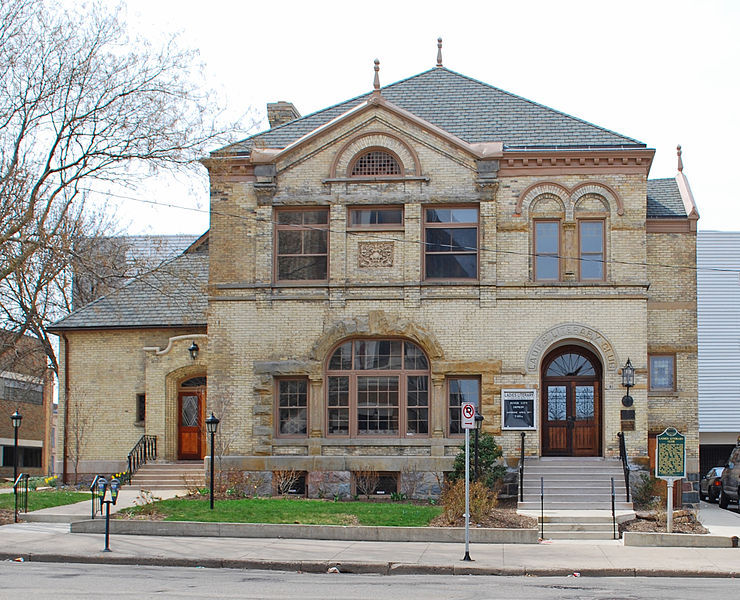
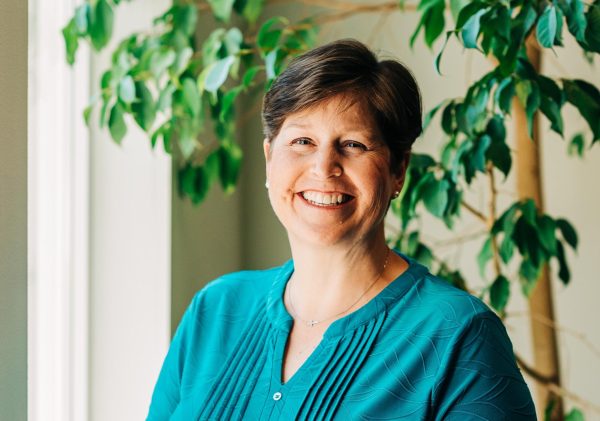
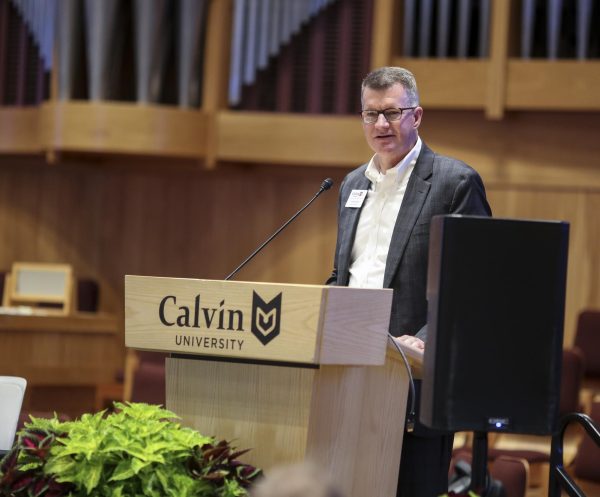
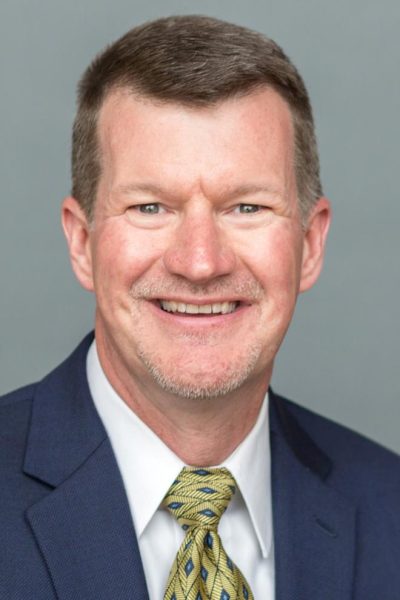
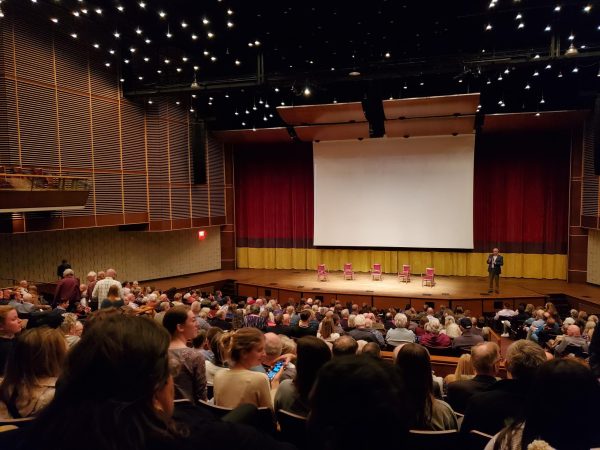
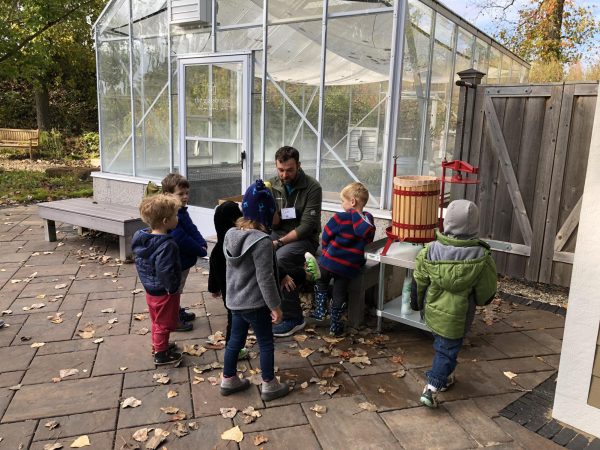
DGH • Oct 7, 2019 at 8:13 pm
The “shift” seems to have coincided with the arrival of a new president.
Michele Dykstra • Sep 27, 2019 at 12:47 pm
Just curious, but what other properties in GR does Calvin own (not including campus of course)?